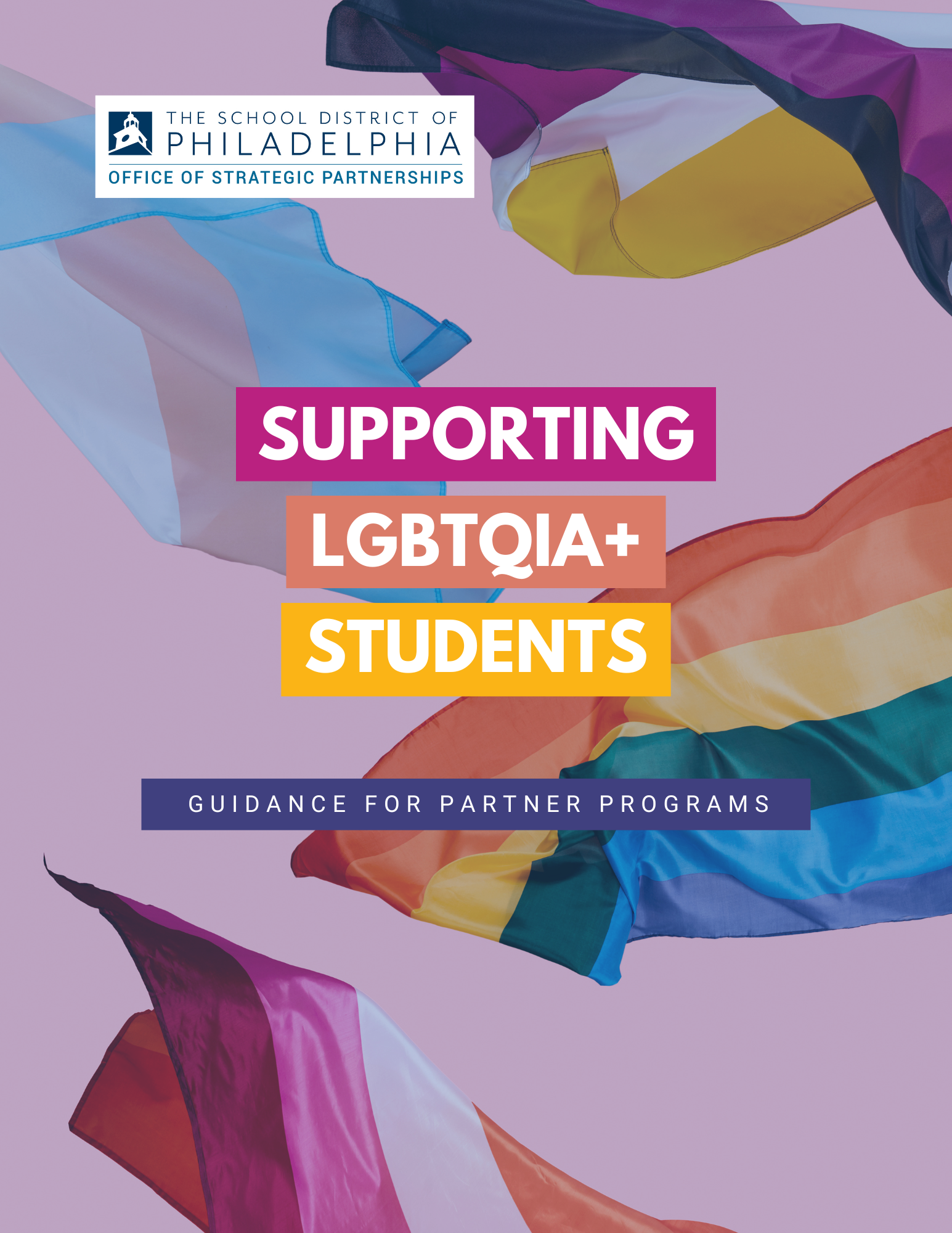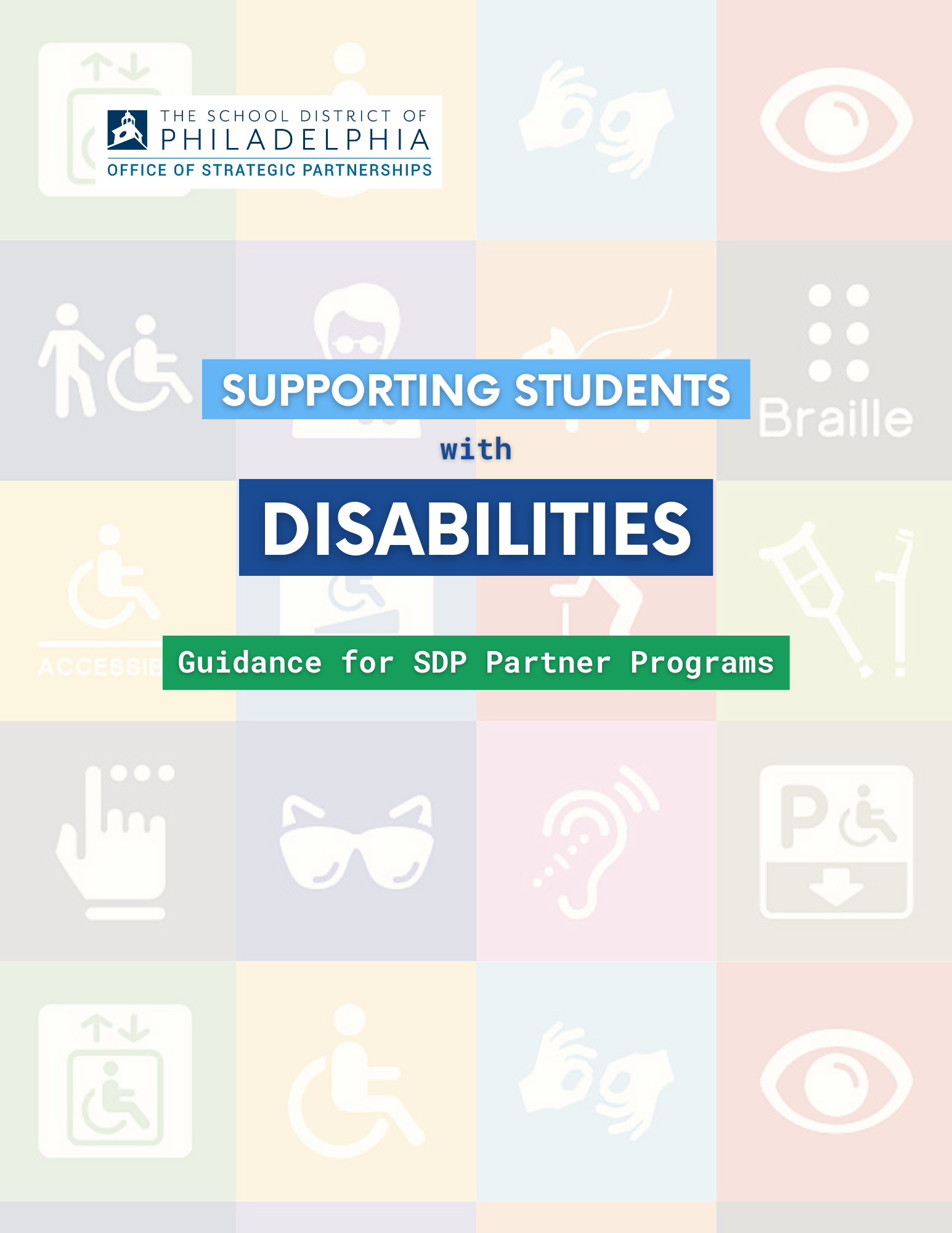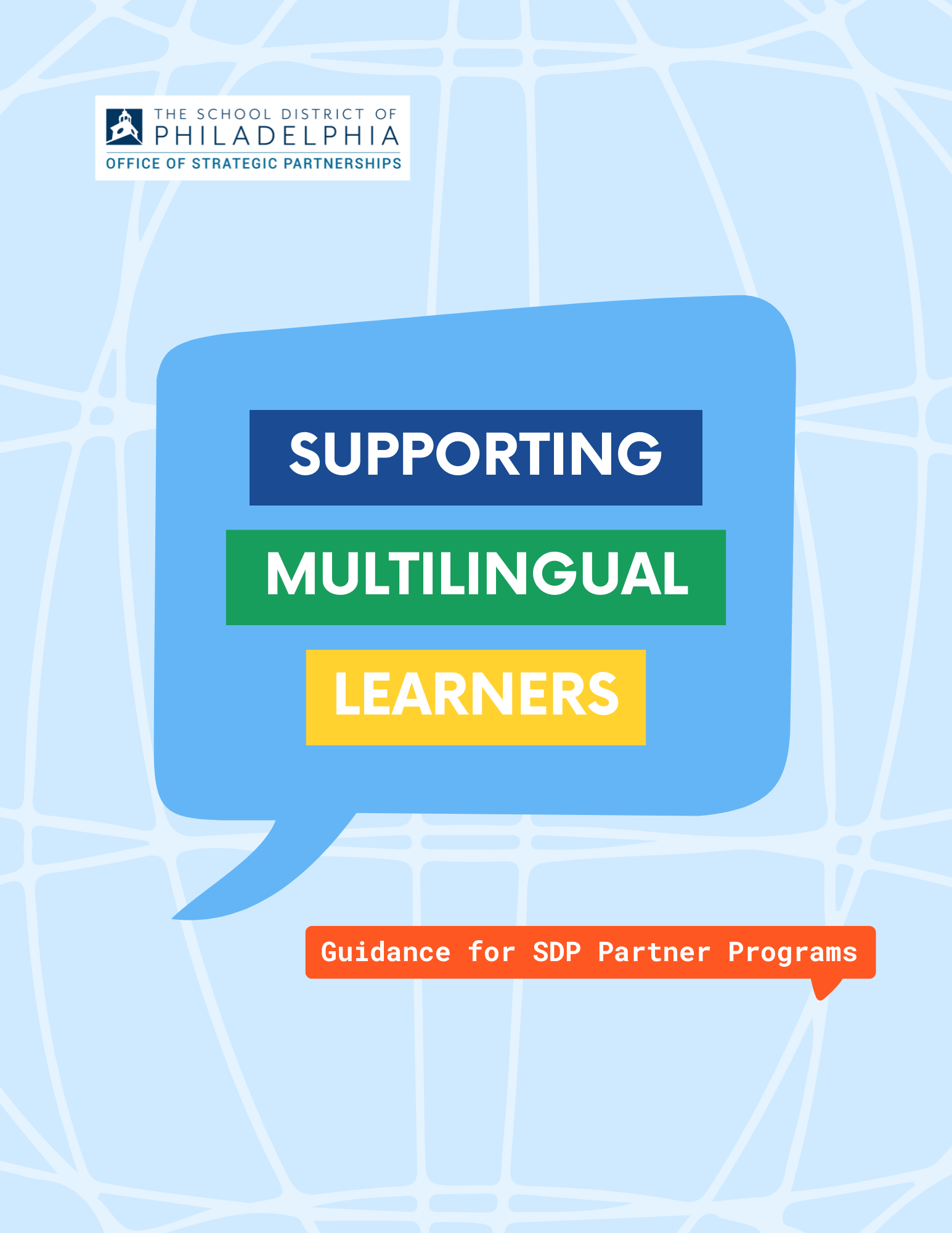Guidance for Partner Programs Supporting Marginalized Students
No matter your organization or program, LGBTQIA+ folks, people with disabilities, people of color, multilingual speakers, and so many others will be a part of your community. It is important to acknowledge and support the multitude of interlocking identities that exist within your program and student population.
While OSP’s guidance documents have been separated into distinct resources to help partners conceptualize strategies for supporting different groups, it is crucial to understand that students contain a wide variety of multifaceted identities. To support students in their total personhood, we need to use an intersectional framework. An intersectional view of identity holds that aspects of identity, such as gender and race, do not just stack on top of each other; they mix.
The concept of Intersectionality was coined by legal scholar, Kimberlé W. Crenshaw, in her 1989 work “Demarginalizing the Intersection of Race and Sex” Her original concept was about how society and the law are not equipped to protect black women because anti-discrimination laws separated out race and gender in a way that does not account for discrimination against specifically women of color (Crenshaw, 1989). Where society often silos away different characteristics, treating them like building blocks, discrete ingredients to a whole person, an intersectional view sees the multiple facets as melded together, inextricably linked to one another, producing a person with a unique perspective on each of their identities. For example, a gay white man will experience queerness differently than a Latino transgender gay man, despite both being gay men.
Philadelphia is an incredibly diverse city, and that extends to our youth. Students’ identities are often minimized due to their age, but supporting them in respecting their peers’ and their own identities is key to creating healthy relationships and views of self (Bonsu & Smith, 2023). Regardless of grade level, students are always growing and learning more about themselves and the world around them. Creating a space where students can feel respected and connected while embracing all aspects of themselves is critical to creating solid foundations of self and society into adulthood.
Each year the Office of Strategic Partnerships (OSP) distributes the Student Programming Needs Assessment. The purpose of the survey is to learn about the needs that schools have for additional resources/partnerships in the coming school year. In SY23-24, school leaders indicated that LGBTQIA+ Students, Students with Disabilities, and Multilingual Learners were not having their needs met fully by after school programming.
In response, OSP with the support of numerous other District offices and expert partner organizations, developed guidance documents, short informational videos, and opportunities for partners to share best practices, discuss ways to implement new supportive strategies, and ask questions. Our goal with these resources and opportunities to connect is for partners to be better equipped to meet the needs of various marginalized student groups and ensure that all students are included and supported in partner programming.
Below are links to SDP-developed resources for supporting LGBTQIA+ Students, Students with Disabilities, and English Language Learners as well as registration links to sign up for in-person workshops to talk about putting it all into practice!
“Be human and treat us with the same respect we all deserve, no matter what body we were born with, who we love, or who we became. We are all equal and different and that makes us special,
so appreciate and support it.”
– SDP Student from High School GSA
“Creating activities that support different ways to engage demonstrates a true commitment to inclusion and accessibility. By offering a variety of ways for students to participate, learn, and demonstrate their knowledge, it removes barriers and allows all students to fully engage. It acknowledges that students have diverse strengths, needs, and preferences, and validates that there is no ‘one-size-fits-all’ approach. This flexibility and differentiation helps students with disabilities feel respected, valued, and able to meaningfully contribute.”
– Tasaday Messina, Special Education Teacher at Frankford HS
“Celebration culture is to acknowledge them as a part of our community and bring them connected together.”
– Zam Than Lian, Bilingual Counseling Assistant (BCA) at Furness and Taggart Schools
Last modified: March 27, 2025


